Maun and the Okavango Delta – 7/21/16 – 7/30/2016
Transport
170 BWP Monnakgotla Company bus from Gaborone to Maun. Rather frequent stops. Departure at 6.00, arrived in Maun at 16.00. The jeep I crossed the Eastern Delta and Southern Chobe with took me straight to Kasane, thus I did not have to rely on any public bus from Maun (you must change at Nata, however , and it takes about 10 hours, if I remember correctly). I point out that the stretch from Savuti to Kasane, more than 100 kms, winds along a very bumby sandy path. Not only you need a 4WD you also must know how to drive it.
Sleep
Old Bridge Backpackers, Maun. 225 BWP. Nestled in a great location on the river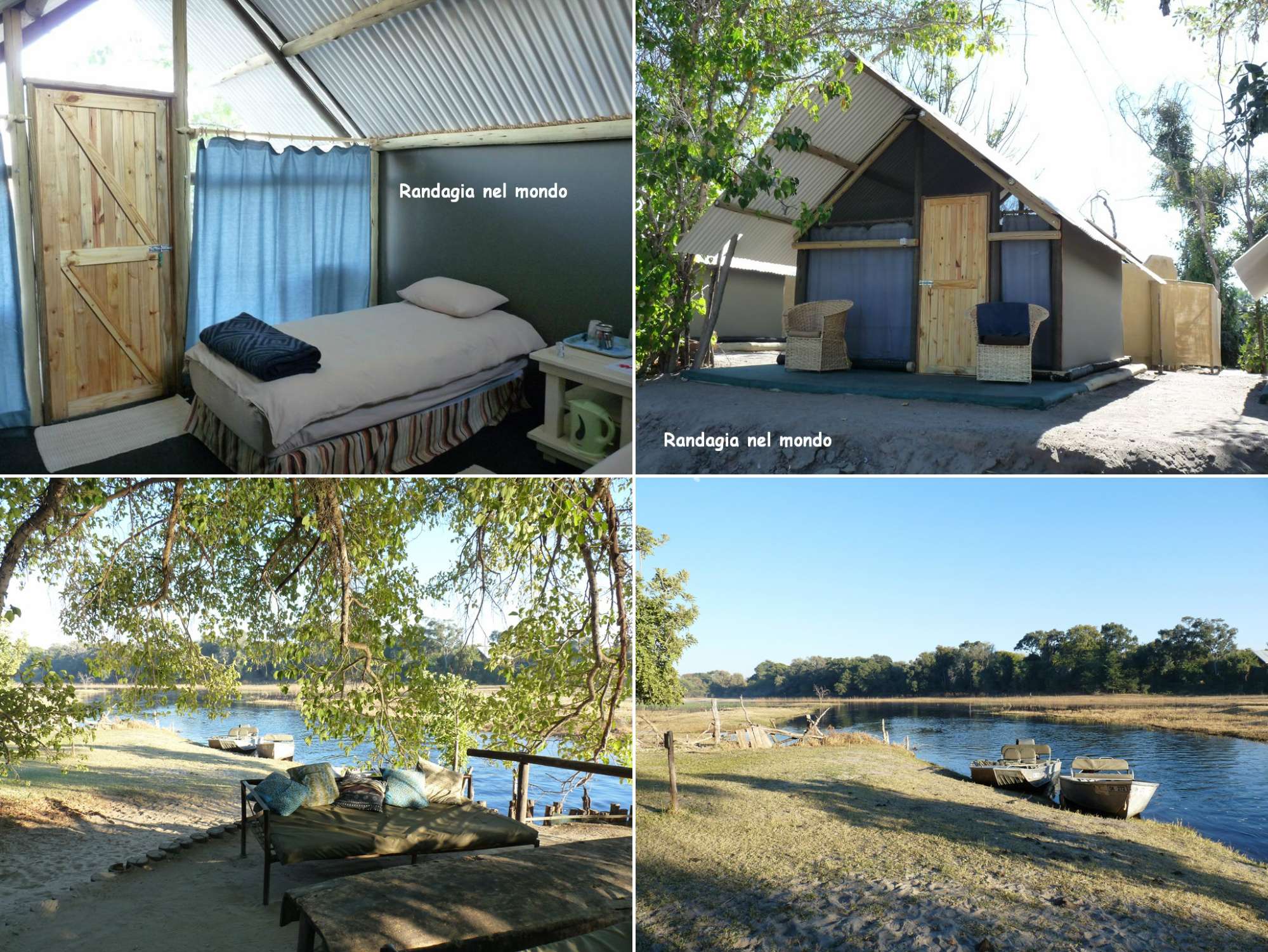
Wonderful and very clean shared bathrooms.
The best tented accommodation. To tell the truth they are are not even tents, because the roof is made of tin. Comfortable mattresses, bedside tables, and towels inside. The communal kitchen is not much equipped. Efficient and attentive staff.
As for tents during the two safaris, in the Inner and Outer Delta, please see at “excursions”
Eat
I ate one dinner and one breakfast at the Old Bridge restaurant, and I was not satisfied. 50 BWP for a stringy chicken, and 16.50 per 2 slices of burnt toast and 1 cubic centimeter of jam. Understood the situation, I bought my food at the supermarket and cooked it. The kitchen area as already mentioned was not the best possible one, but I always met interesting people to talk to
Excursions
Maun is the main center from which depart all the excursions to explore the Delta, both with the mokoro, a traditional dugout canoe used in the so-called inland delta, with predominantly aquatic habitat, and either by car, for the outer delta, with predominantly terrestrial habitat . Since I had a few days available, I tried both of them. They are two completely different experiences. Better book everything in advance. Regarding the mokoro trips, I thought to find thousands of offers once arrived in Maun, and big groups of touts offering everything and instead… nobody .. Not only in Botswana no one is tedious and not willing to sell you anything, but the center of Maun is quite spread out, it is difficult to locate travel agencies, and I almost risked not to leave. Thanks to the girls working at Tete Travels, located near the Wimpy, who do not sell safaris to mzungus, but primarily services to local customers, I was able anyway to get in touch with two local agencies which organize trips in the Delta, and I chose the cheapest one, Bush Baby Safaris. 1800 BWP are not small money, but they are not even the 2200 which was the minimum I found on the web before leaving. As a matter of fact, then, I found myself eating bread and cheese, (the poler did not cook, but I expected this, as I read that in the cheaper safari the food is ot included), sitting on a log, sweeping with dry tree branches a tent full of dust, sleeping virtually with my butt on the ground, and throwing earth in the toilet hole with a stick.
And you know what? IT WAS WONDERFUL!! Practically, I was afraid of everything. I felt in the situation of those who are at the mercy of external elements, and does not have control of the situation, tiny ants into the immensity of nature. While traveling in a canoe, I was afraid that the hippos, grunting quietly in the deep end of the ponds could attack our canoe, which was instead gliding in the shallow waters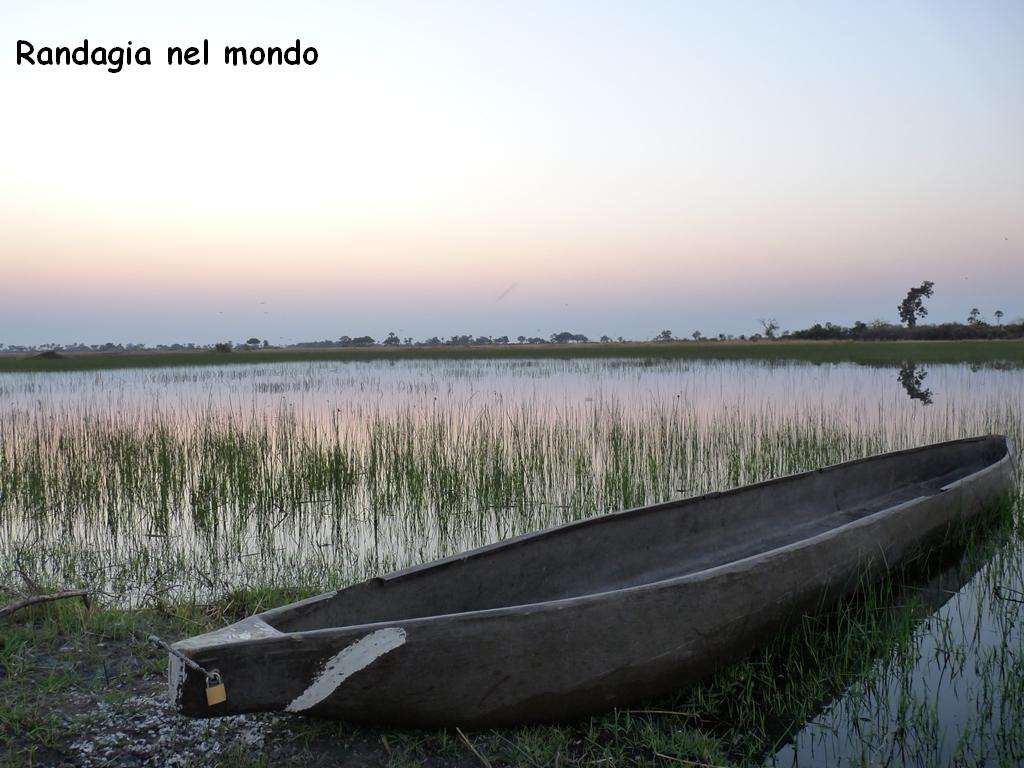
Once I reached the stretch of land where the camp was set, reminiscent of some popular you tube videos I watched before leaving, I was terrorized the elephants could be attracted by my oranges, recklessly forgotten in the backpack even though I had been warned me not to bring any, since their intense aroma can be perceived by pachyderms also at great distances. During the three beautiful walking safaris, as I proceeded in the tall and dry grass, even if leeward, I boggled every time I sighted an elephant in the distance
No problem with zebras and antelopes, which instead immediately snapped nervously as soon as we came too close to them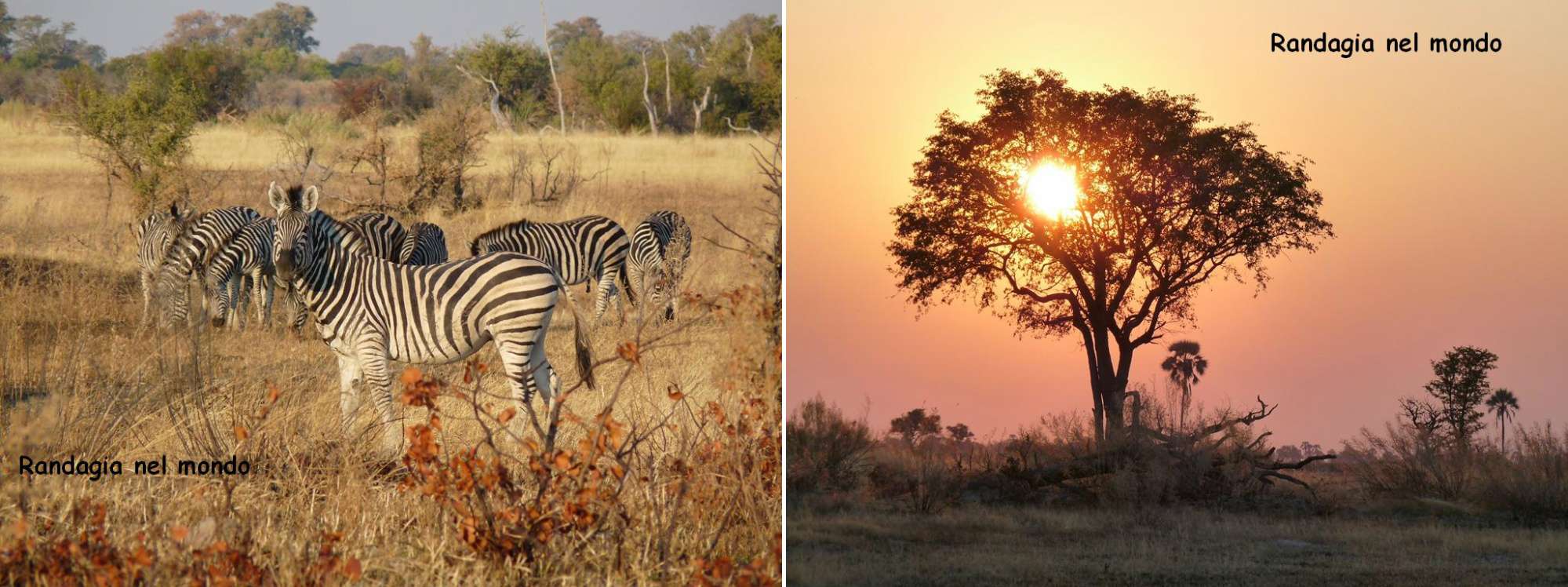
Breath-taking sunrises and sunsets. Mosquito spray is essential. You can also buy it on-site (“Sleep Well” brand in Maun supermarkets, “Tabard” and many more in South Africa)
For those of you who might want to contact directly the polers:
http://www.ncongo.info/?page_id=925
you must absolutely use a 4WD to reach this place
here it is explained how it works, even though some listed agencies do not exist any longer
http://www.botswana-travel-guide.com/bradt_guide.asp?bradt=158
Very comfortable safari, instead, was the one organized by Old Bridge Backpackers, 4 nights and 5 days, from Maun to Kasane. In addition to ours, another car with a chef and an assistant was preceeding us, so that we, coming from our morning or afternoon game drive, could find the camp already set, and food ready to eat.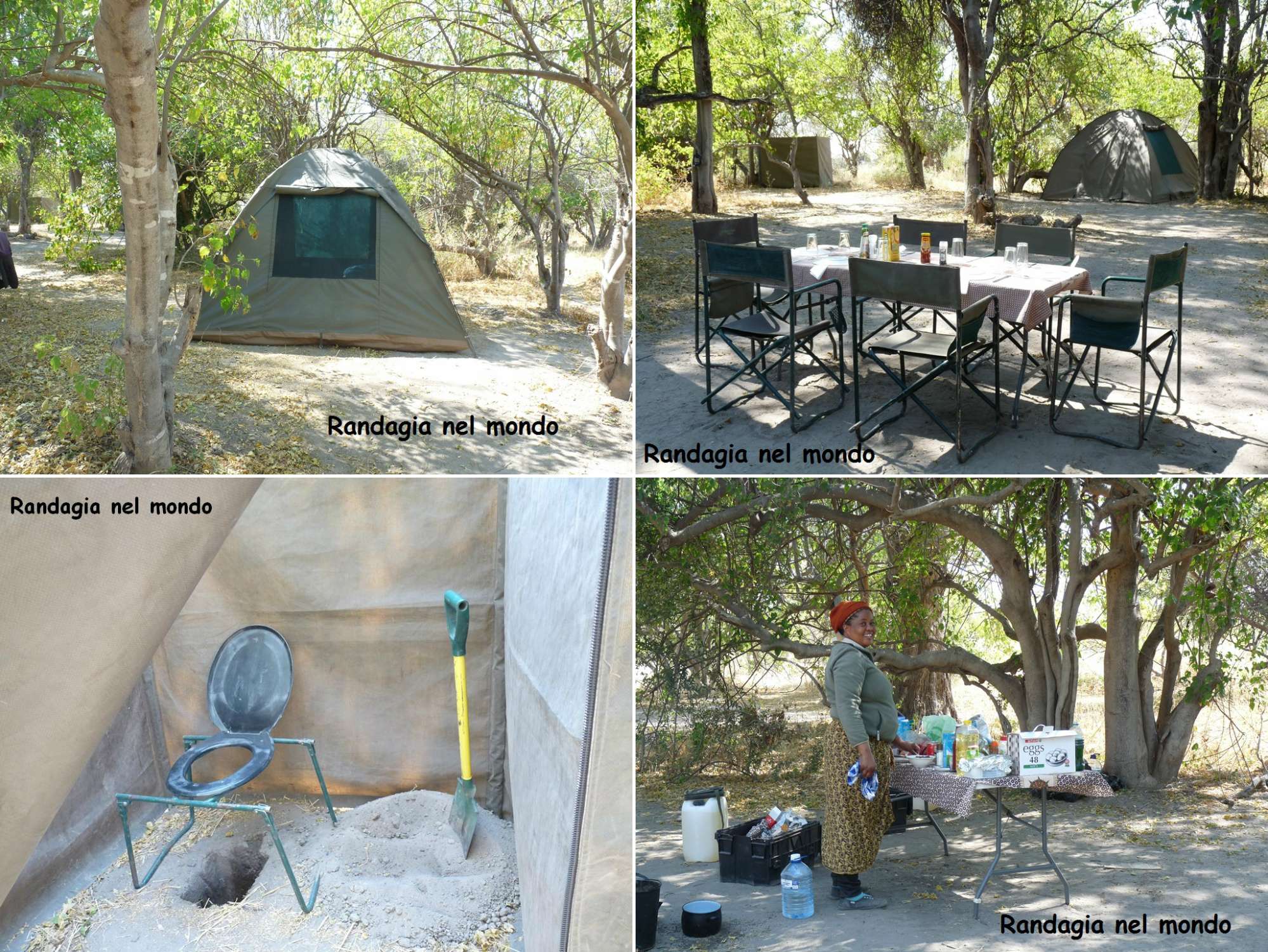
Very clean tents, with folding beds and comfortable mattresses, good quality towels, scented sheets and blankets (though I had my sleeping bag). The toilet consisted of the so-called “bush toilet”, the picture makes any description un-necessary. No running water.
Every second day we took a shower, our driver warmed up a water tank, which was then hung on a branch tree with a small valve applied. That had to be enough for 5 people. A kind of oilcloth basin filled with water was available for the hands and face.
Location: 2 nights around Xiini, 2 nights in Savuti area. No barrier or gate, wild camping in the bush
Meals: excellent. Lunch and dinner consisted of an appetizer, usually a soup, a main course, pasta or meat, and then a dessert.
Breakfast: tea, coffee, milk, yogurt, various juices, cereals, bread, butter, jam, peanut butter. In mid-morning and afternoon usually snacks were available.
We were told to bring our own water, because it was provided by the agency only during the meals, but then we were allowed to fill our bottles from the big tanks supplied by Old Bridge at any time. Sweet drinks such orange squash were available too, and a bottle of wine at dinner time.
Organization of the day: the bulk of the action used to take place in the early morning, or late afternoon. During the heat of most of the wildlife was hidden in the shade and difficult to be spotted. We woke up at 5.30 then we had breakfast, then we left at sunrise, at about 6:30. It was very cold, obviously, since we were traveling in open vehicles.
The temperature was about 5/6°C early in the morning. We returned for lunch. We ate, took shower after lunch, and not before dinner, because that were the warmest hours of the day, about 24/25 ° C. We left again around 15.30-16.00, then back againg at 18.30-19.00. As soon as dark (19.00) it started to get chilly. I had always had dinner wearing a windbreaker. We went to bed usually at around 21.00
Impressions
Perhaps the best part of the holiday. Excellent group, two French, who I met again in Victoria Falls, and two Spaniards. Very nice people. We talked about everything. The first excursion, in the Inland Delta, was interesting because I had never experienced such an intimate contact with the African nature, a contact made of respect, desire to observe at the correct distance without being intrusive, bordering fear, by both parties: During the walking safari I could not get close to the mild ungulates, even though I wanted to almost touch them, or at least take pictures from much closer, and instead I was the one who refused to get close to elephants, in the fear of being able to unleash their anger. I got close to terror when, slipping on the placid shallow waters of the Okavango, I saw the typical shape of the ears and nostrils of hippos. Despite the lack of everything, I felt perfectly at ease. The Moremi Game Reserve, in the Outside Delta, has a much bigger variety of landscapes if compared to Southern Chobe. We could see many impalas, kudus, oryces, and similars, and then giraffes, ostriches, hippos, crocodiles, elephants, buffalos, wildebeests, zebras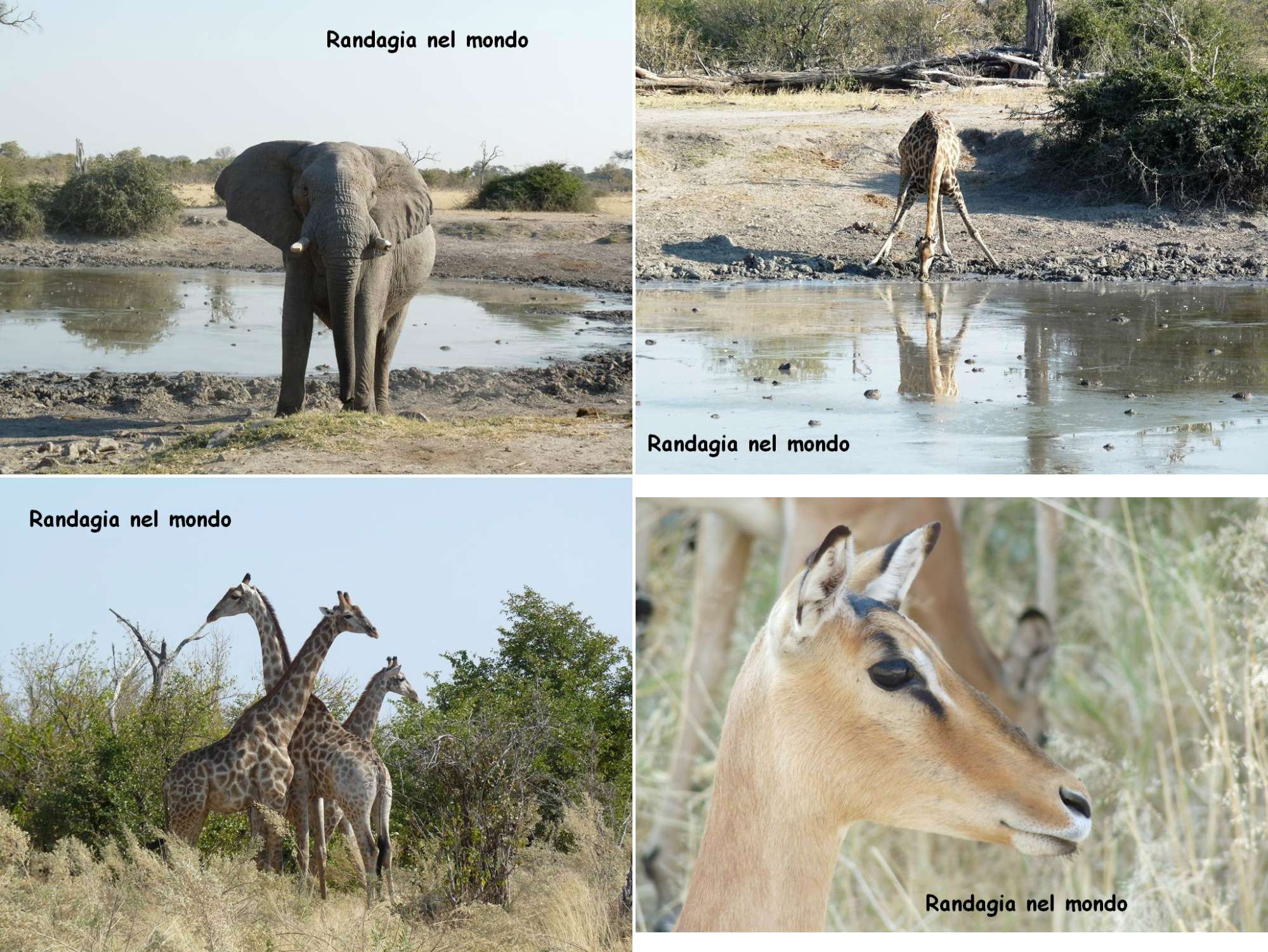
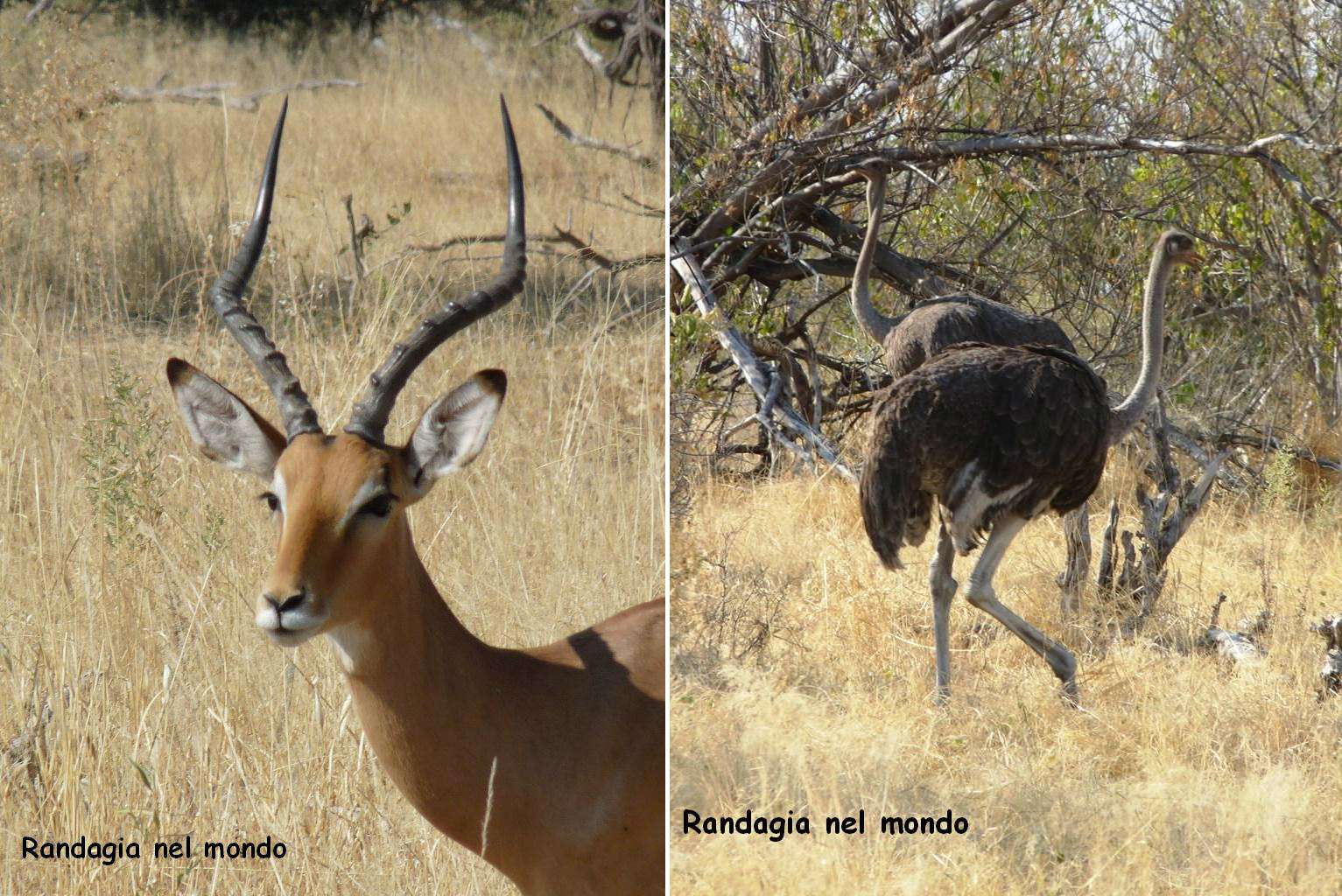
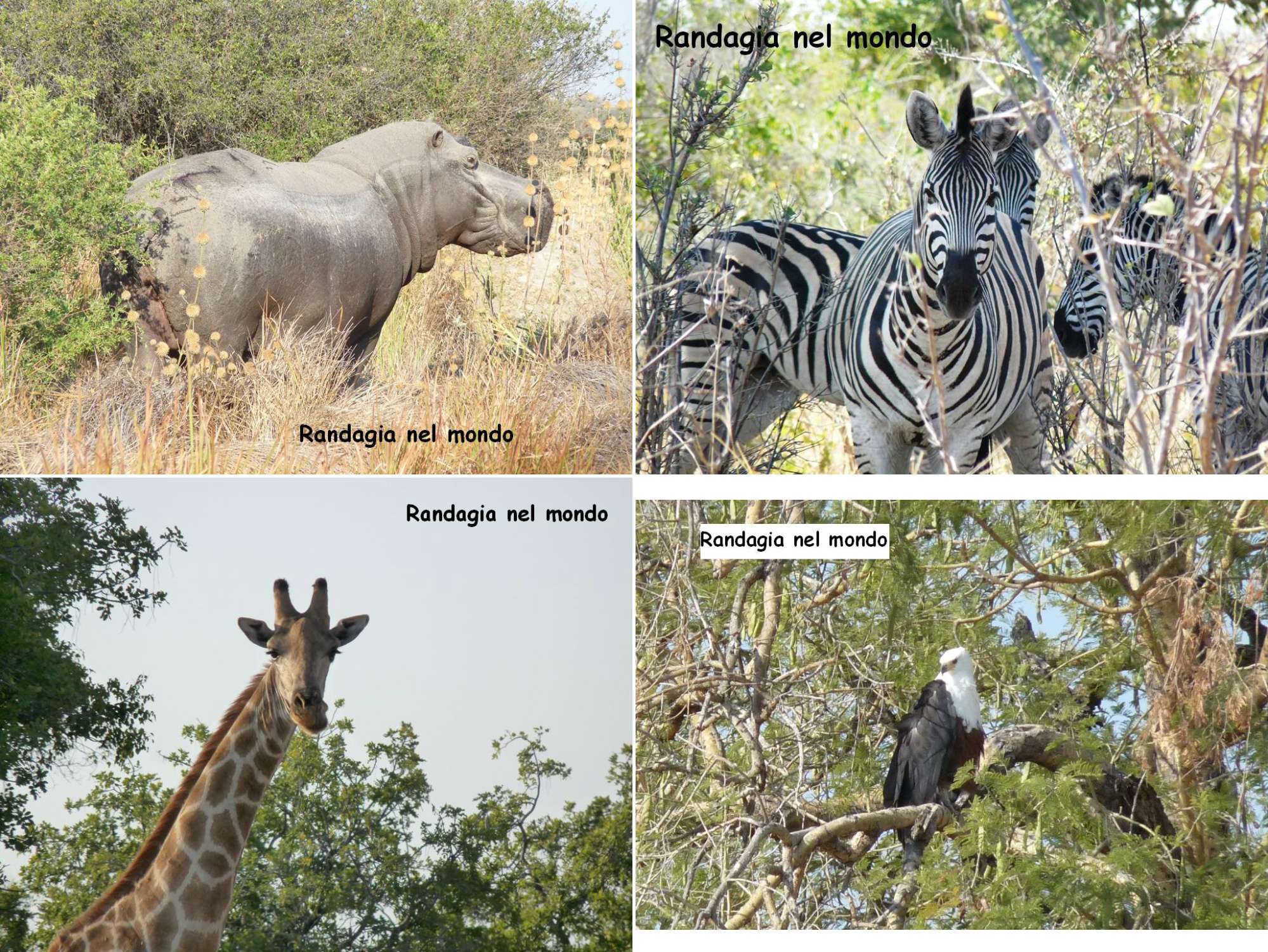
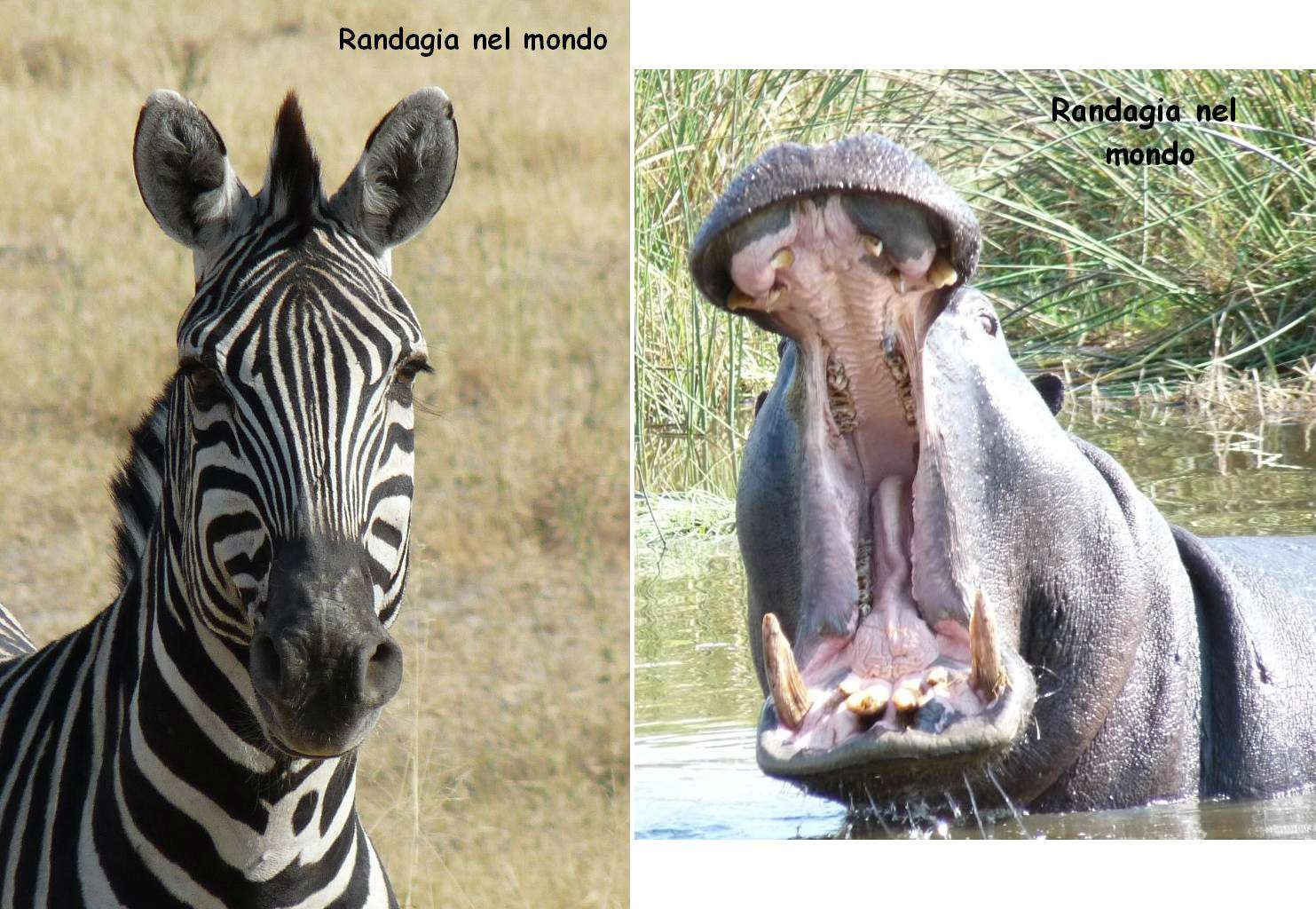
The vehicle allowed us to get very close to some animals, with relative security, very careful to interpret the discomfort signals of the biggest and dangerous herbivores.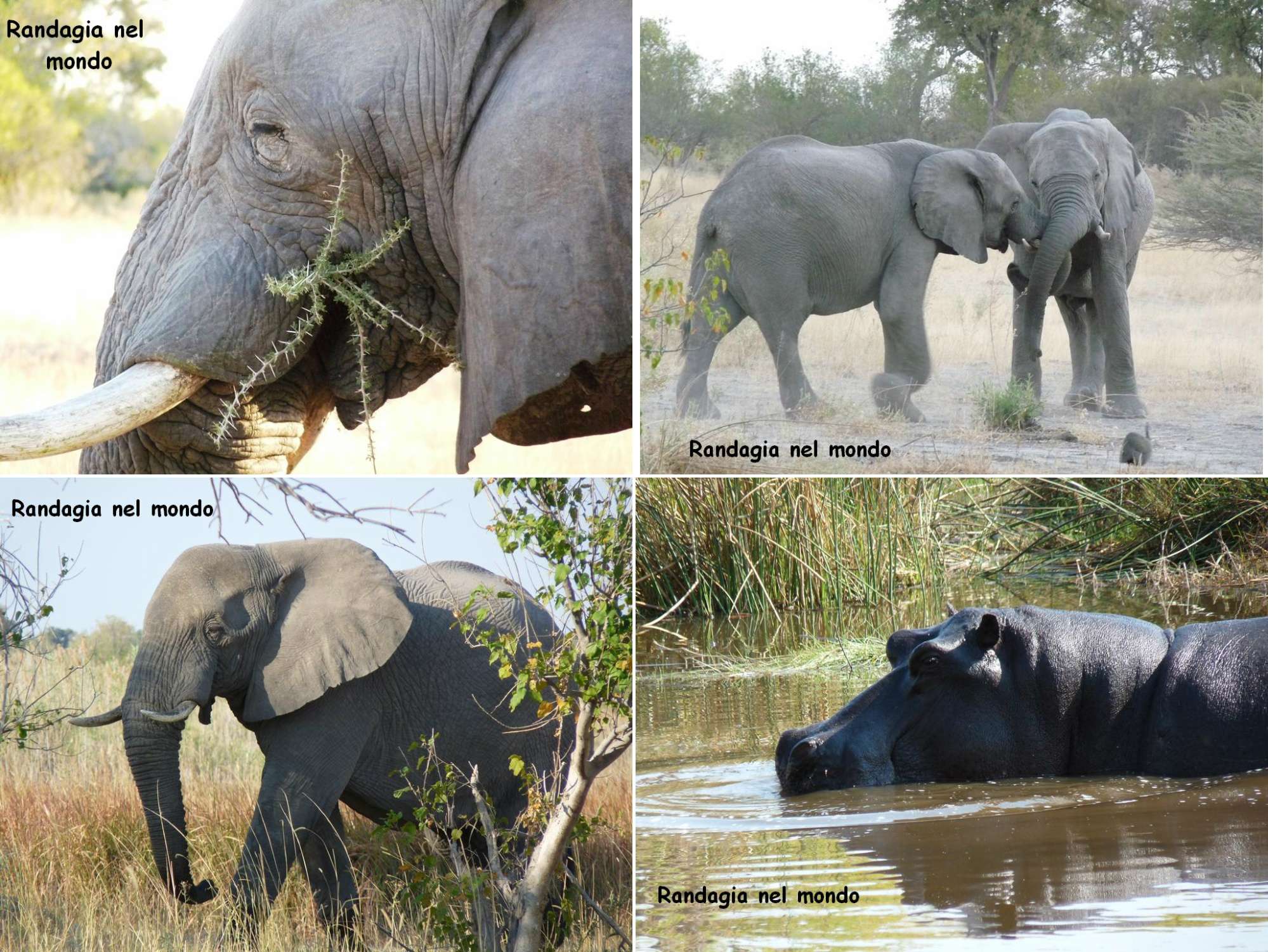
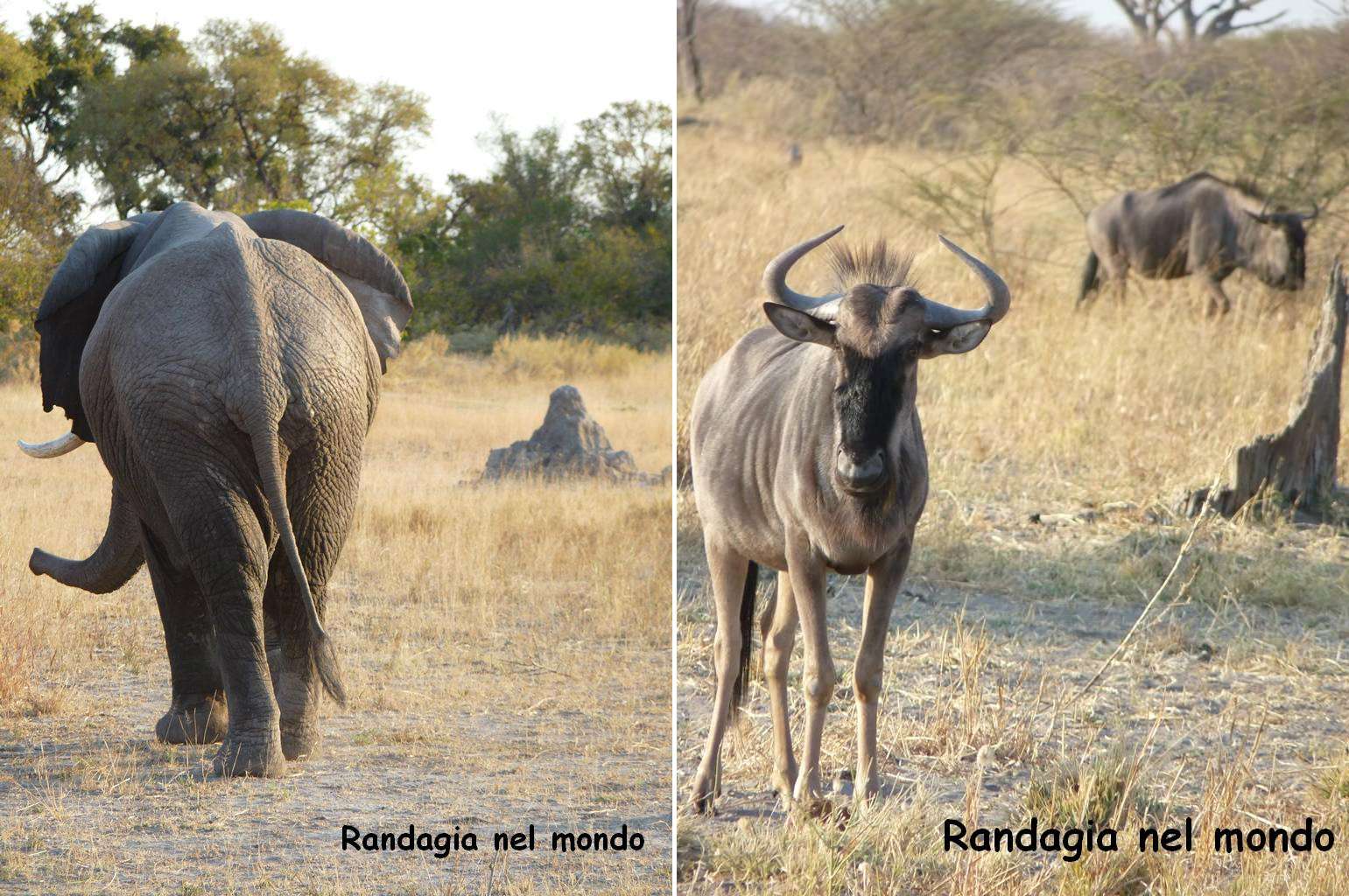
Here I saw some lions as well.
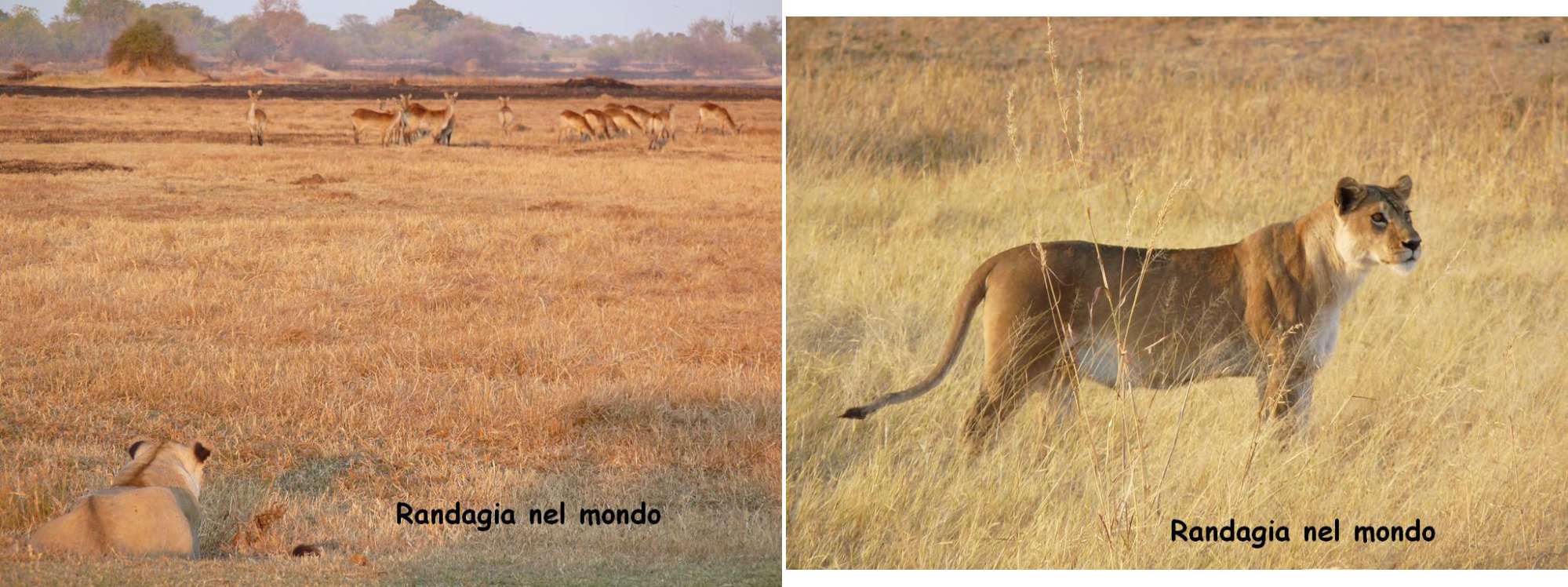
In the Savuti area, drier, and sometimes hilly, the lion’s share, it is appropriate to say, is made by the lions. This part of Southern Chobe is famous for its large herds of lions, specialized in hunting big herbivores (elephants and buffaloes). With great luck, we spotted a big group, two males, several females, and many cubs, from different litters, all devoted to devour a buffalo,
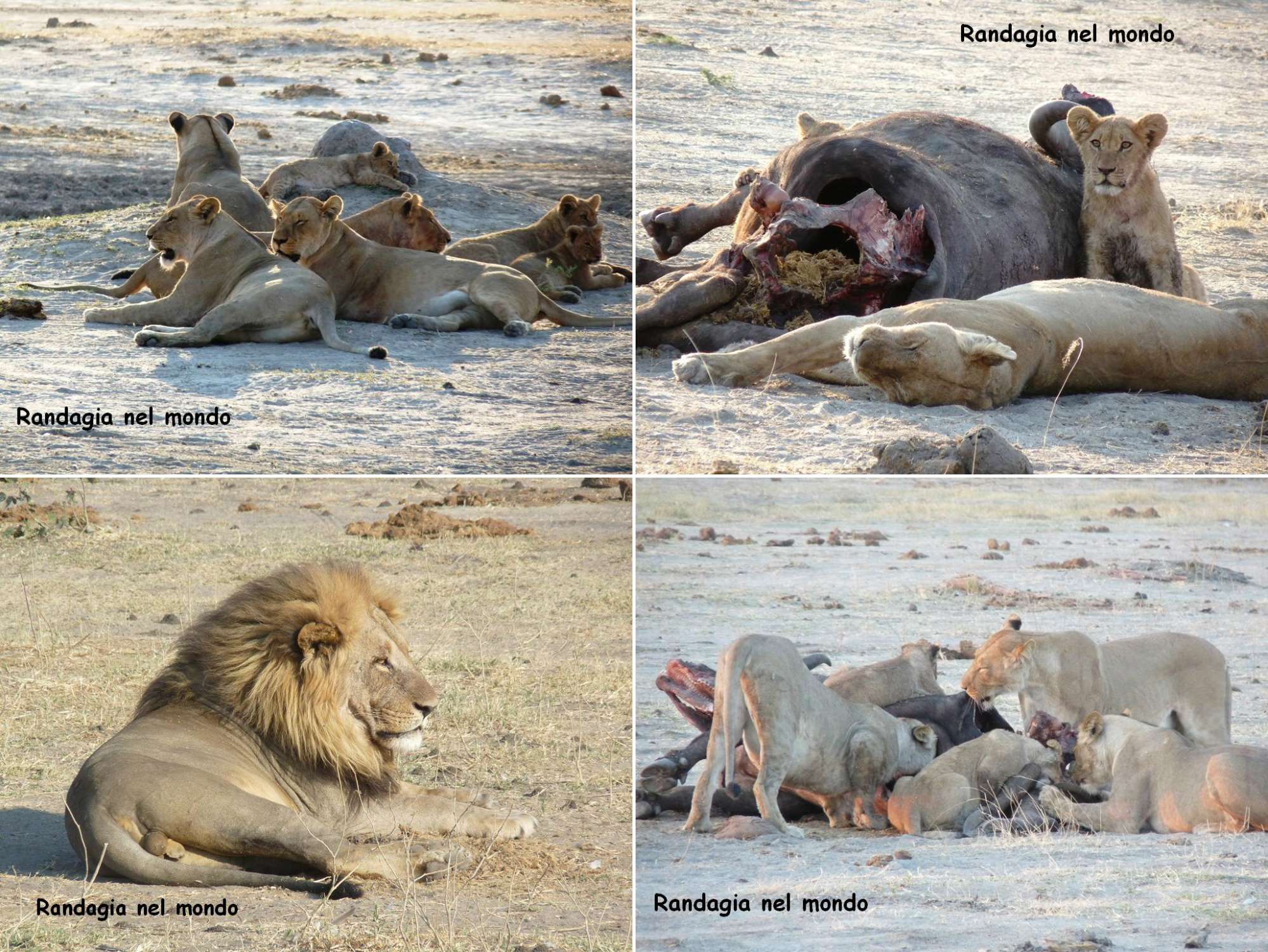
or lounging on their backs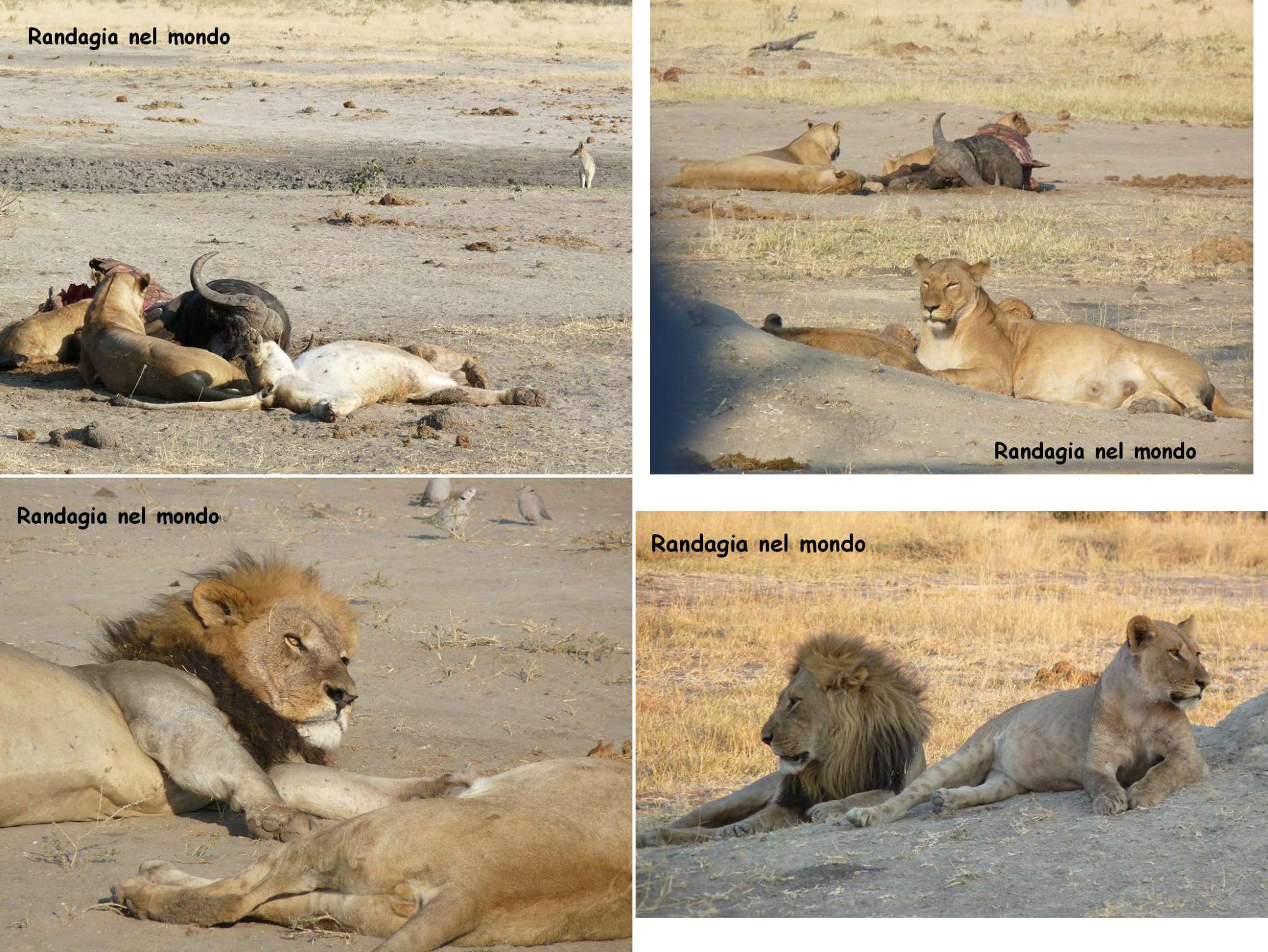
Curious to observe how, despite being so close to the cars, often stopping in the shaded areas created by the vehicles, they do not deign of the least consideration the wide-eyed humans who photograph them.
The framework also included a large group of elephants, not very far away,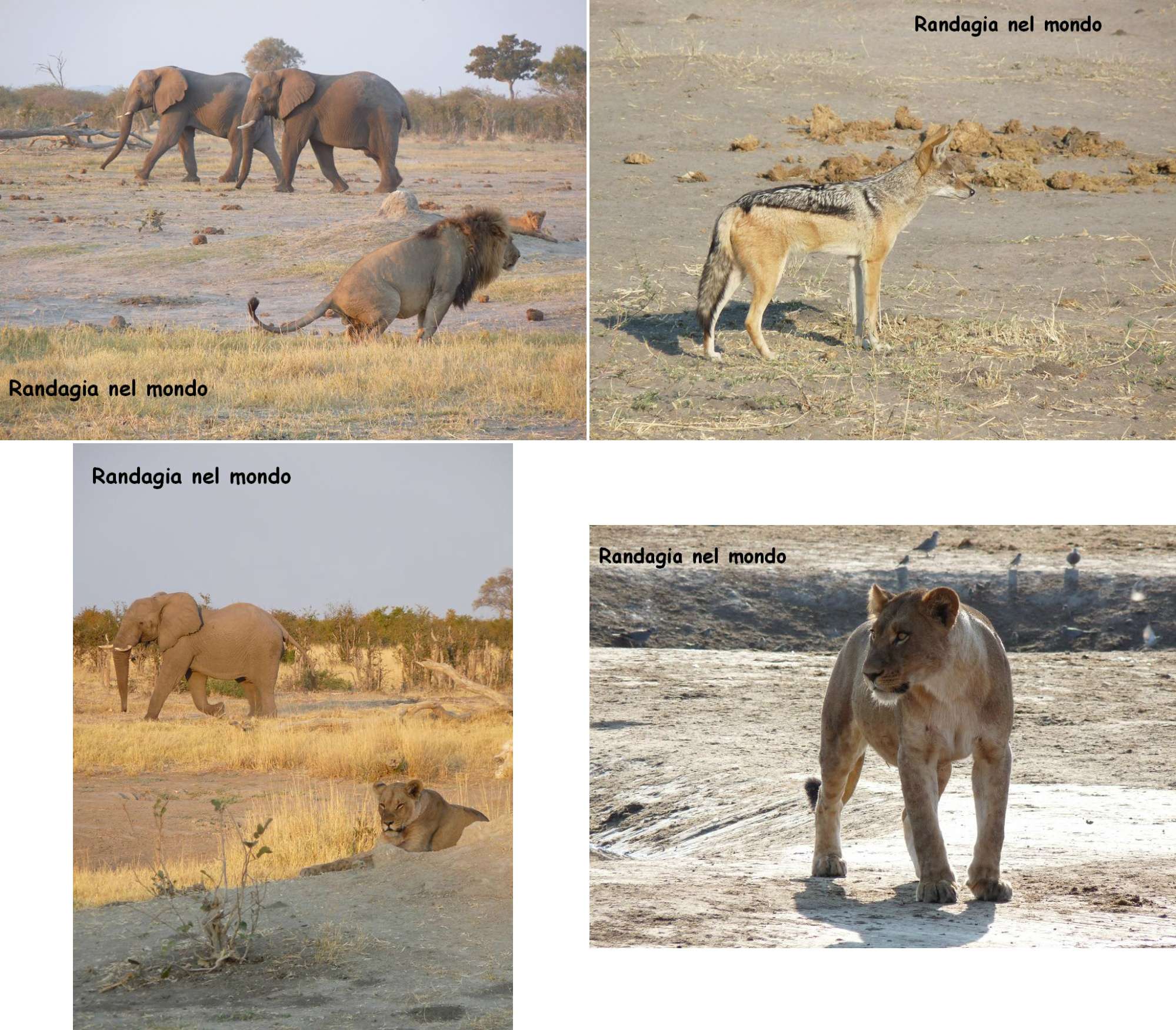
some of which, detached, tried to scare away the lions, bellowing and waving threateningly their ears, and then some jackals, patiently waiting for the big cats to end their meal and leaving the crumbs to them. Magnificent
